Dystonia is a neurological movement disorder characterized by involuntary muscle contractions that cause twisting, abnormal postures or repetitive movements. Symptoms may be mild or extremely severe and, in some cases, even interfere with the patient;s normal daily activities. These postures can sometimes be very painful and treatment is very difficult as there is no available cure for dystonia.
Specific symptoms of dystonia
Involuntary muscle contractions associated with this condition usually cause a twisted posture or appearance. The contractions typically occur during a specific action and they are worse if a person suffers a lot of stress, fatigue or anxiety.
Dystonia types and their symptoms
Dystonia is classified in a couple of categories. Two main types of this condition are generalized and focal dystonia. Generalized dystonia usually starts in the childhood affecting the lower limbs while spreading upwards. This type of dystonia is autosomal dominant genetic disorder, which is inherited and characterized by the symptoms that may eventually affect the entire body.
Focal dystonias typically occur in adults and affect only one part of the body. Most commonly, this kind of dystonia affects the neck, the face, or an arm. If it affects the hand the fingers may curl into the palm or extend outward without control. Focal dystonias may affect the muscles of the rectum, causing constipation and painful defecation. If dystonia affects the neck it may cause the head to rotate to one side or pull towards the chest. If it affects the muscles around the eyes it causes rapid blinking. If the muscles of larynx are affected, the patient’s voice may sound broken or whispering.
Causes of dystonia
The exact cause of dystonia is yet unknown but scientists believe that a combination of a couple of different factors causes this disease. Dystonia may occur because of a broken communication between nerve cells in the basal ganglia. It may also be inherited, especially if it first occurs in the childhood. Sometimes, dystonia is just a symptom of some other disease that affects the brain’s nerve centers involved in muscle contractions. These diseases are Parkinson’s disease, Huntington’s disease, brain injuries, stroke, brain tumors, and lack of oxygen, infections of the brain and the spinal cord, or exposure to chemicals.
Treatment of dystonia
There is no cure for this disease but symptoms may be managed using the Botox injections. Deep brain stimulation is also used as a form of treatment. Sometimes, doctors may prescribe medications that increase the levels of dopamine in the brain. Dopamine is a neurotransmitter involved in muscle contractions and movement.




_f_280x120.jpg)


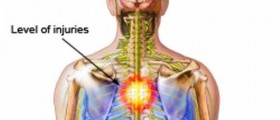
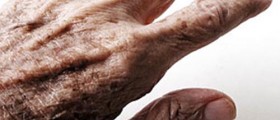
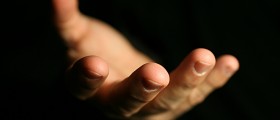
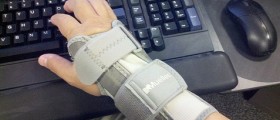
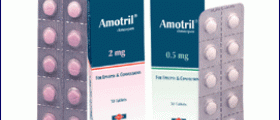
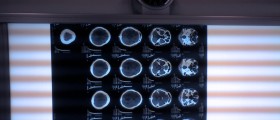
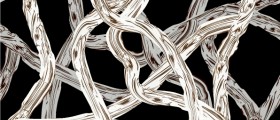


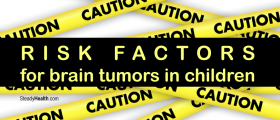
Your thoughts on this
Loading...